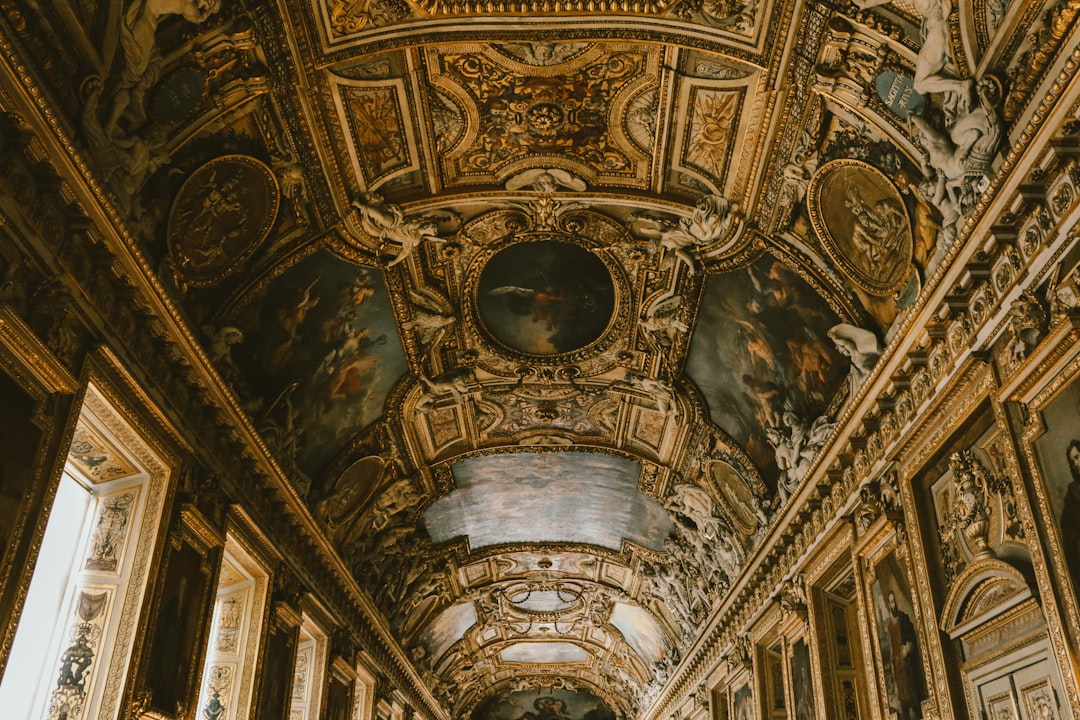
The Allure of Monuments: Why You Should Visit Them
## Introduction. Monuments are not just mere structures; they are storytellers of history, culture, and heritage. Standing proud and magnificent, they provide a glimpse into the architecture, art, and lives of those who came before us. Visiting monuments can be a transformative experience, offering insights and prompting reflections that can enhance our understanding of the world. This blog post explores the reasons why visiting monuments should be on every traveler’s bucket list. ## A Window into History. One of the primary reasons to visit monuments is their historical significance. Many monuments date back centuries, acting as physical embodiments of the events that shaped nations. Take the Pyramids of Giza in Egypt, for instance; these monumental structures have stood for over 4,500 years, serving as tombs for pharaohs while also symbolizing the might of ancient Egyptian civilization. When you stand before these magnificent structures, you are not merely looking at stone and mortar; you are witnessing the legacy of human achievement and the richness of history. Moreover, each monument carries a unique story. The Colosseum in Rome tells tales of gladiators and grand spectacles, while the Taj Mahal in India narrates a tale of love and loss. These narratives are further enhanced by local myths and legends that add layers of meaning to the structures. When visiting monuments, you gain insight into the cultural psyche of the people who built them, allowing for a deeper appreciation of their societal values and historical paths. ## Architectural Wonders. Monuments often showcase the pinnacle of architectural design and ingenuity. They reflect the creativity and craftsmanship of their designers and builders, revealing the evolution of architectural styles over time. For instance, the intricate Gothic architecture of Notre-Dame Cathedral in Paris demonstrates the ideals of spirituality and grandeur, while the clean lines and forms of modern designs, like the Sydney Opera House, exhibit innovations in construction and vision. Visiting these architectural wonders allows you to immerse yourself in their beauty and complexity. You can observe the materials used, the detailing, and the artistry that went into their creation. Architectural tours often reveal functionalities that might not be apparent at first glance, like how certain designed spaces optimize light or sound. By understanding these elements, you not only appreciate the aesthetics but also the thought processes behind their creation. ## Cultural Significance. Beyond historical importance, monuments hold significant cultural value. They are often centers of cultural gatherings, celebrations, or rituals, reflecting the ecumenical aspects of the locals’ lives. The Freedom Monument in Riga, Latvia, for example, is not merely a structure but a symbol of national independence and unity, inspiring pride among its citizens. When you visit such monuments, you become a part of this ongoing cultural narrative. Each monument invites travelers to engage with local customs and histories. Events, performances, and festivals held at or near these sites often provide unique experiences that connect visitors with the local community. By participating, you foster a bond with the culture, enhancing your trip's overall richness and excitement. ## Personal Reflection and Connection. Monuments provide a space for personal reflection, allowing travelers to connect with their own thoughts and feelings. Standing in front of structures that have withstood the test of time encourages contemplation about life, purpose, and legacy. It’s fascinating to consider how many people have stood in the same place, gazing at the same monument, throughout history. This shared experience connects you with humanity in a profound way, transcending borders and timelines. Moreover, visiting monuments can serve as a form of inspiration. They embody resilience, creativity, and the pursuit of dreams. The struggles and triumphs symbolized in these structures can motivate and encourage individuals to persevere in their pursuits, making them not just sites of admiration but also of personal empowerment. ## Conclusion. Visiting monuments is more than just a travel activity; it’s a journey through time, culture, and personal reflection. From rich histories to stunning architectural feats, monuments entice and educate visitors while fostering connections between the past and present. Whether you’re standing before the ancient ruins of Machu Picchu or gazing at the grandeur of the Eiffel Tower, these structures invite you to marvel at human achievement and inspire you to appreciate the world’s diverse cultures. So, pack your bags and set out on an adventure to explore the monuments that whisper stories waiting to be discovered. .






